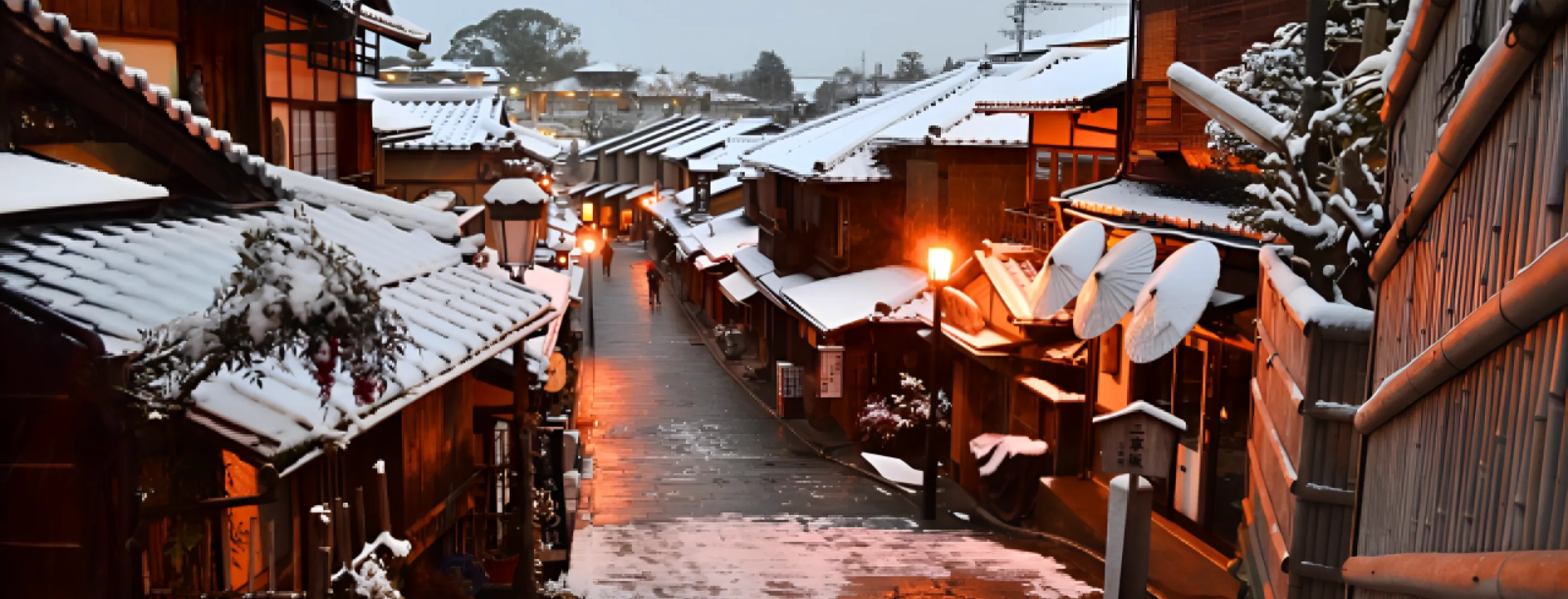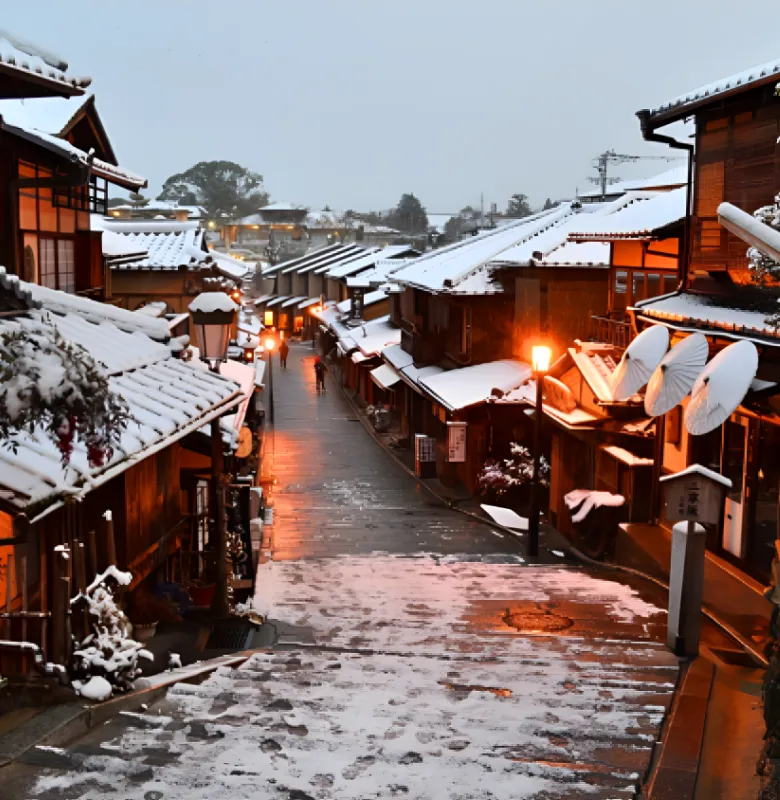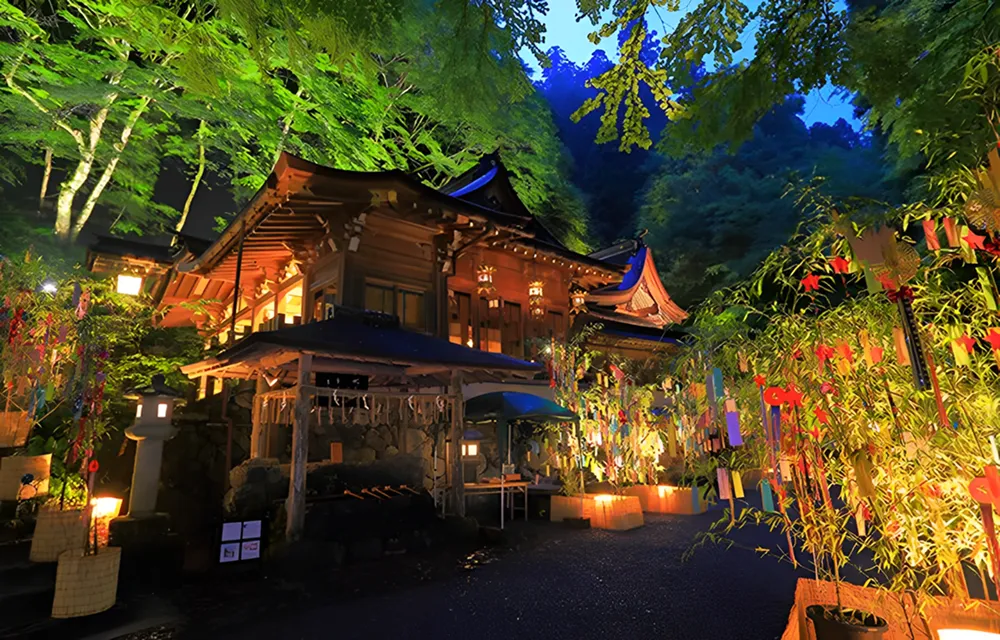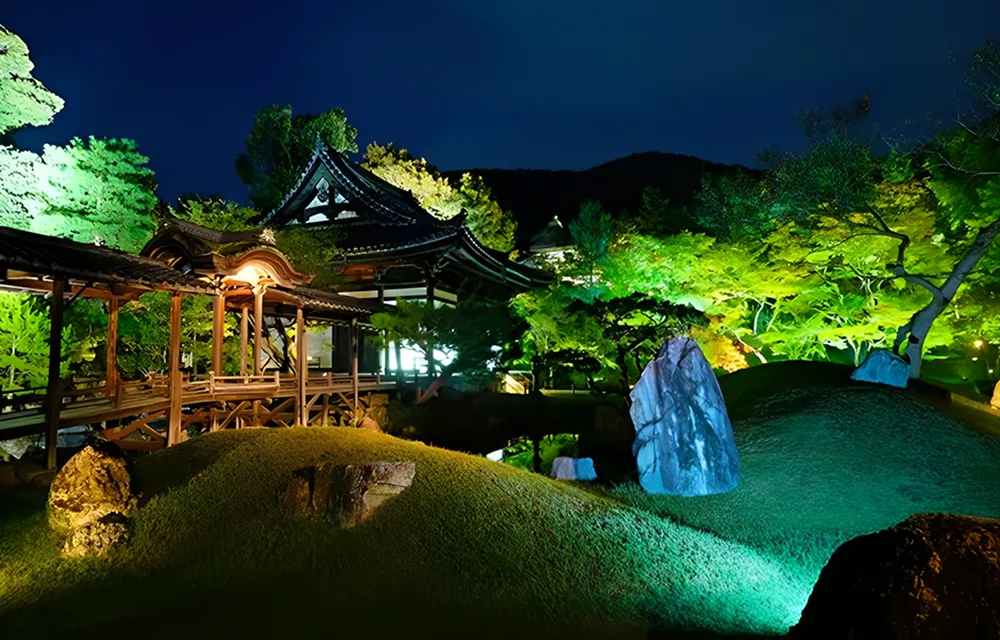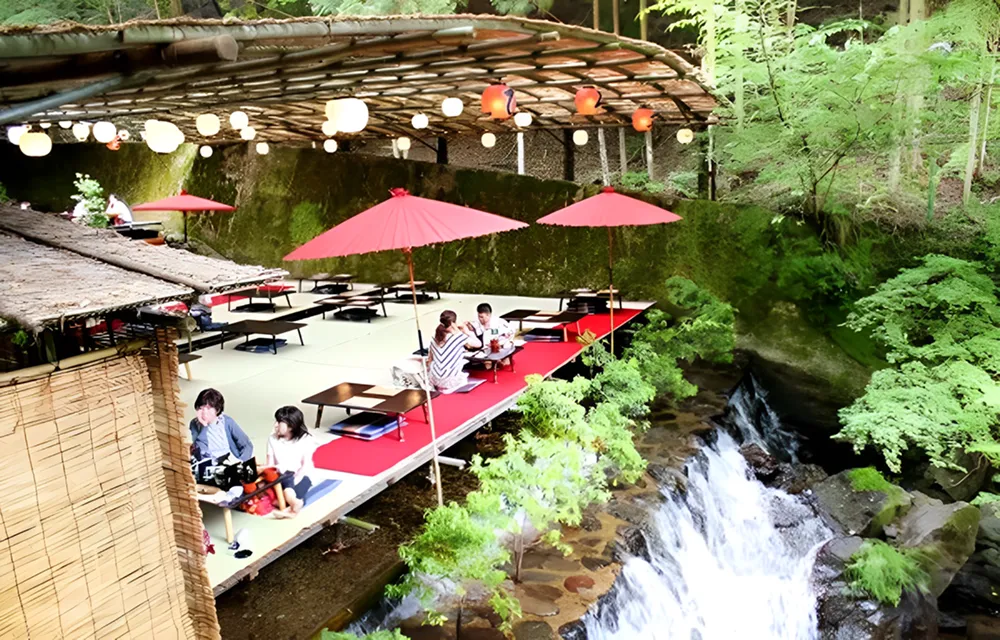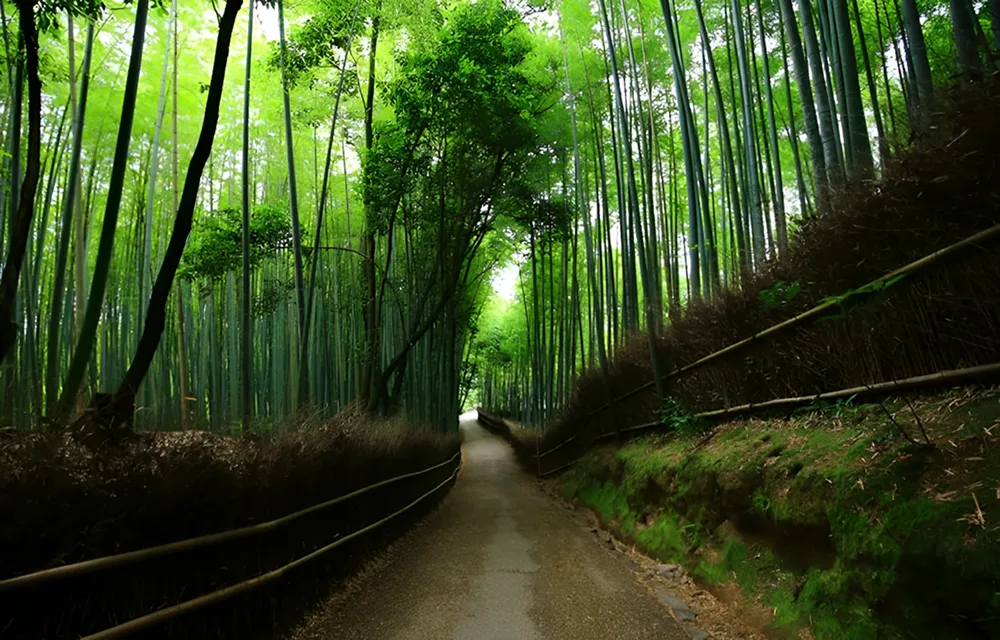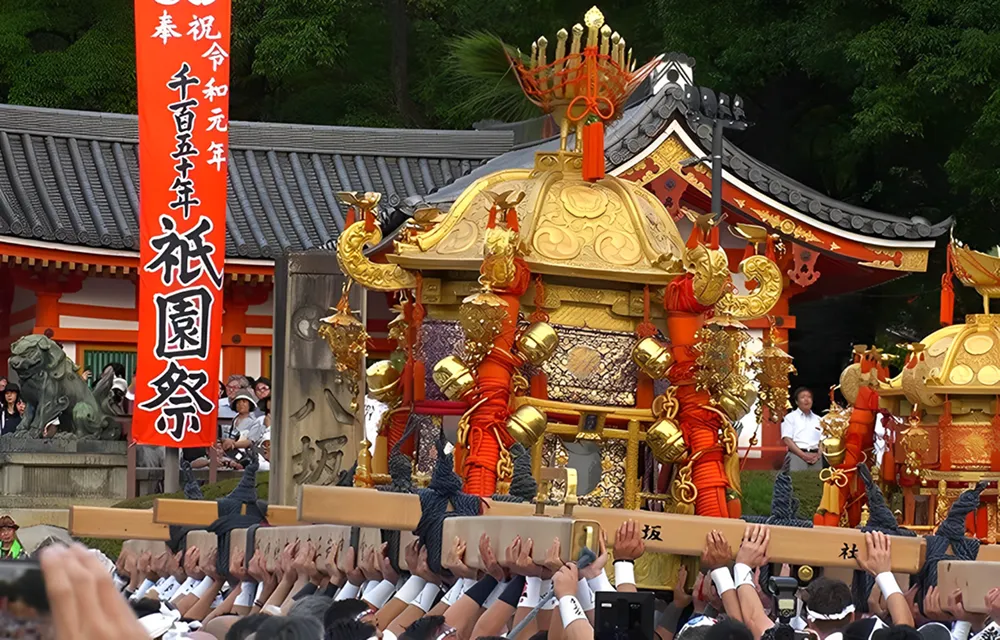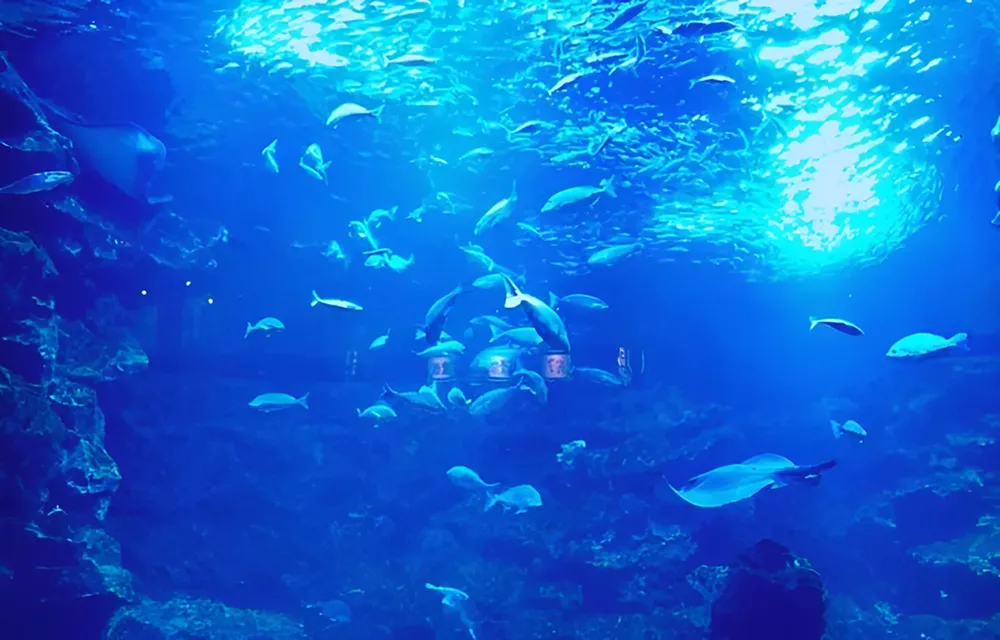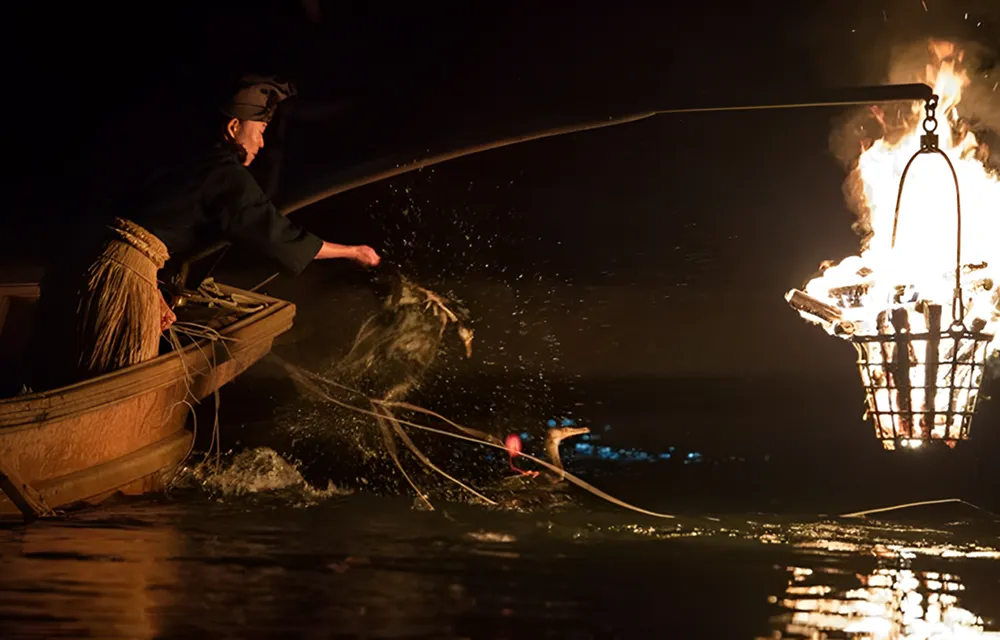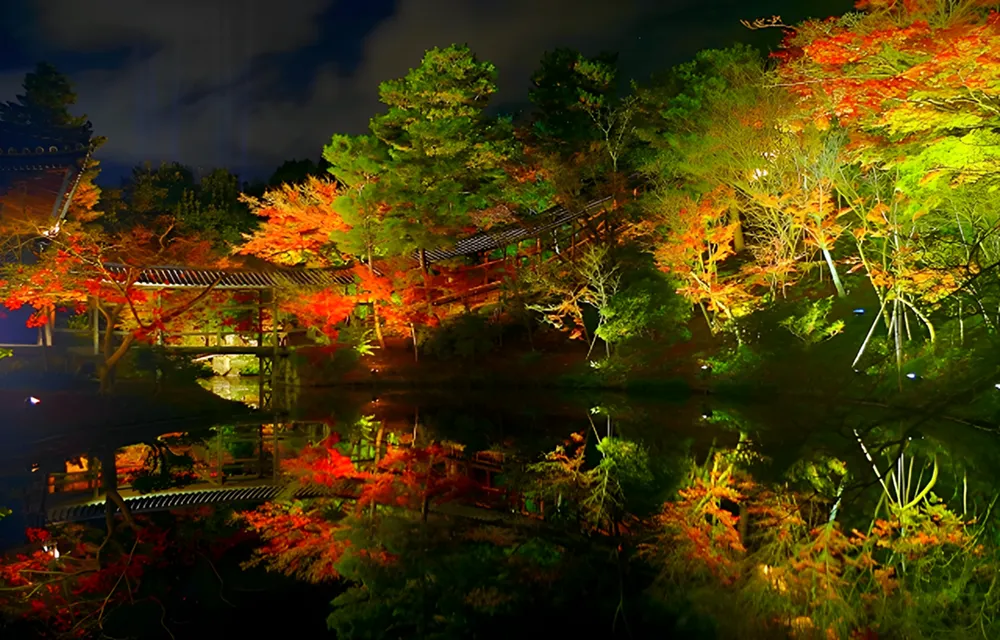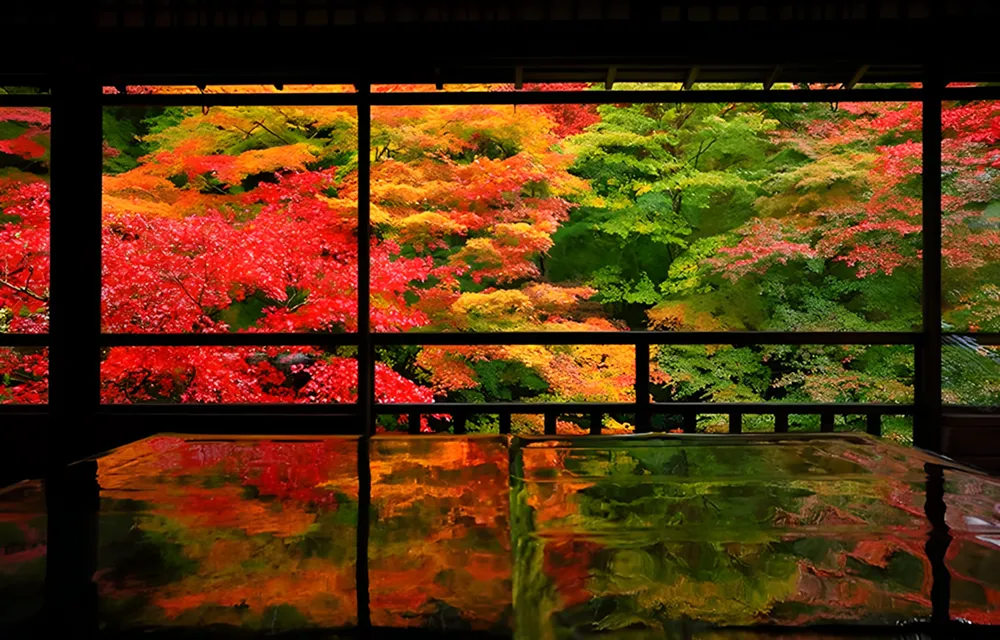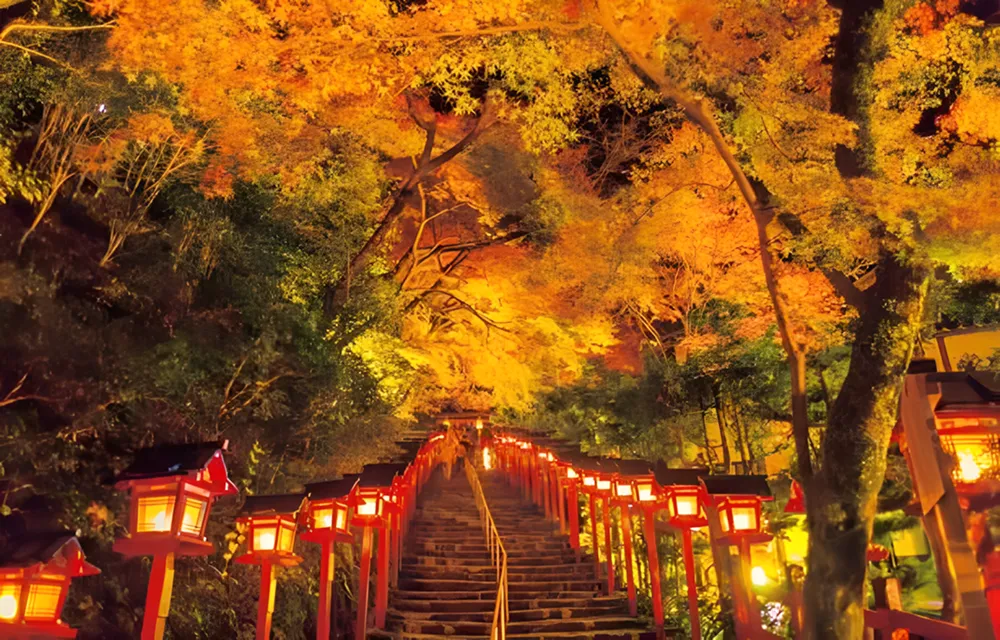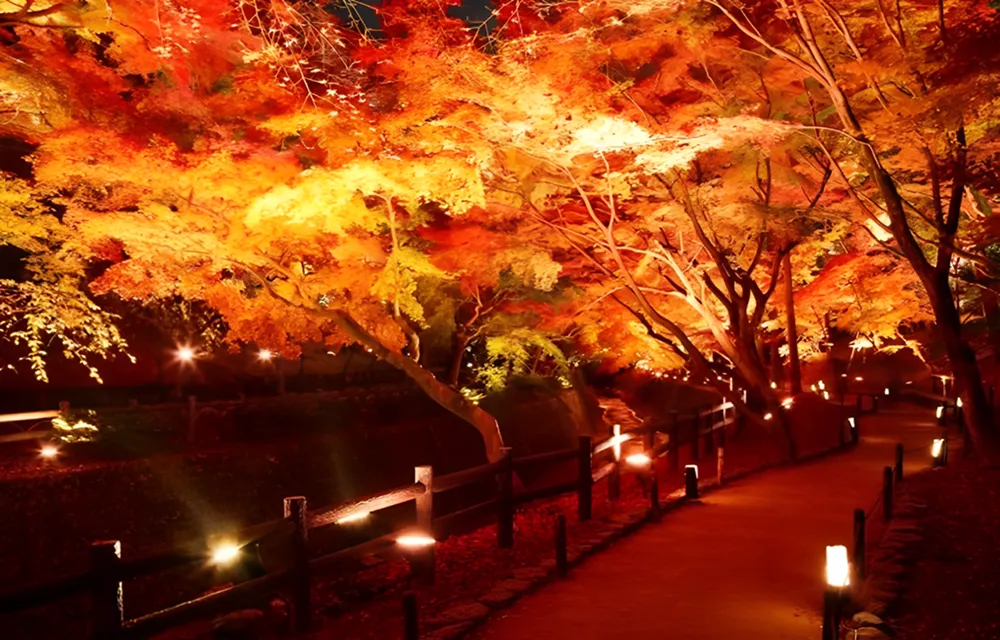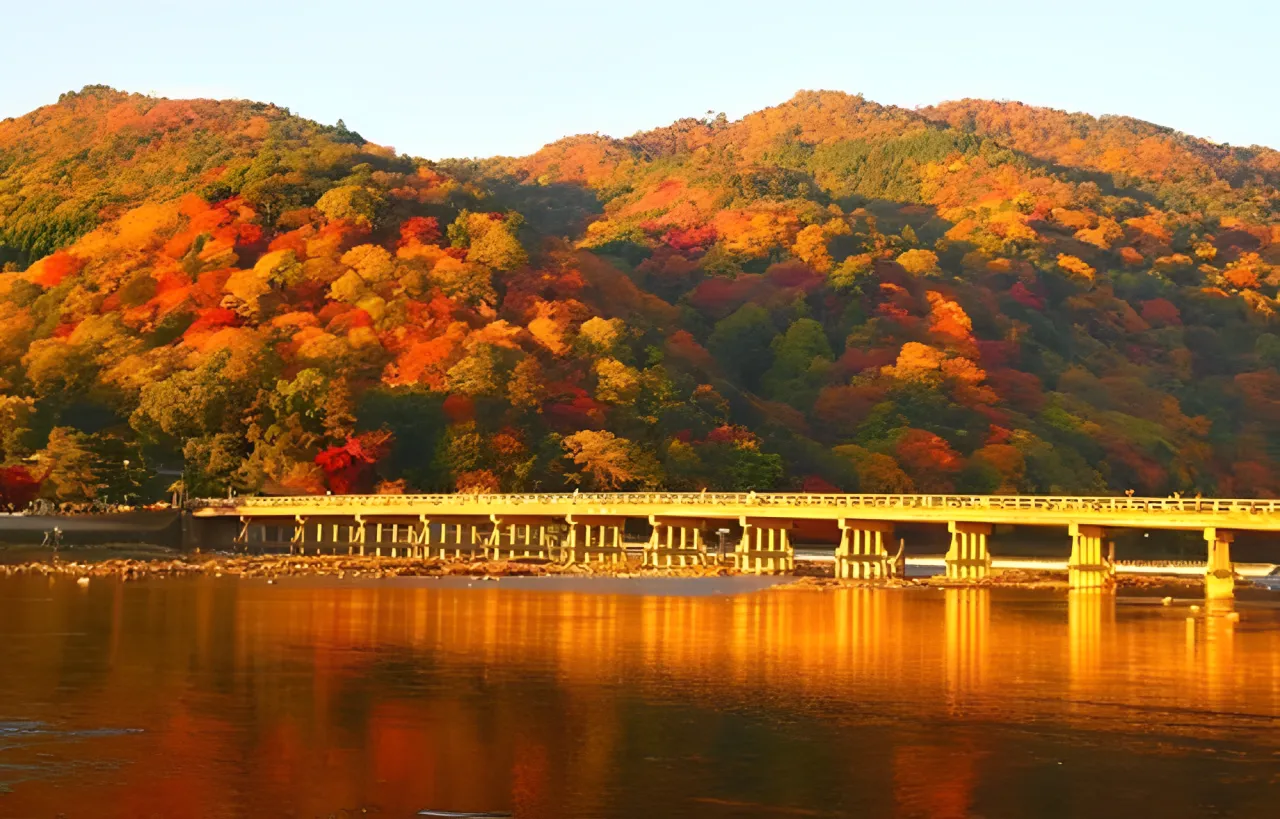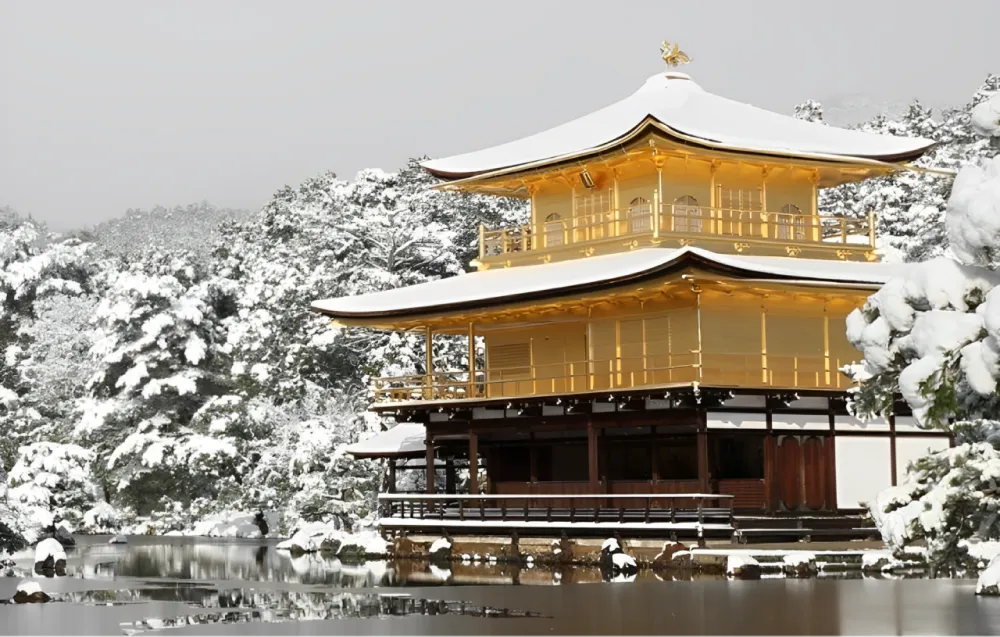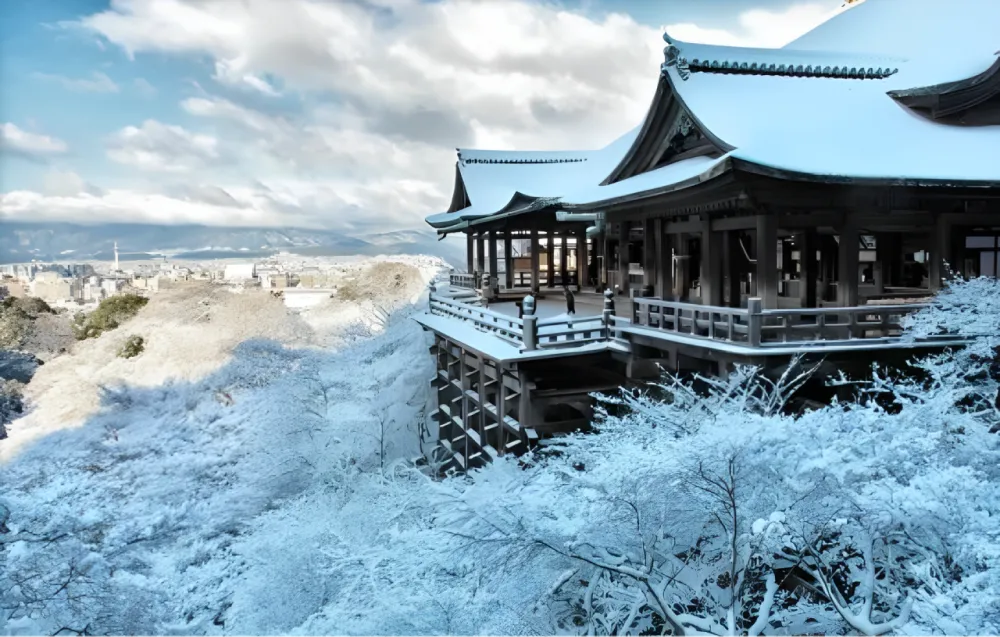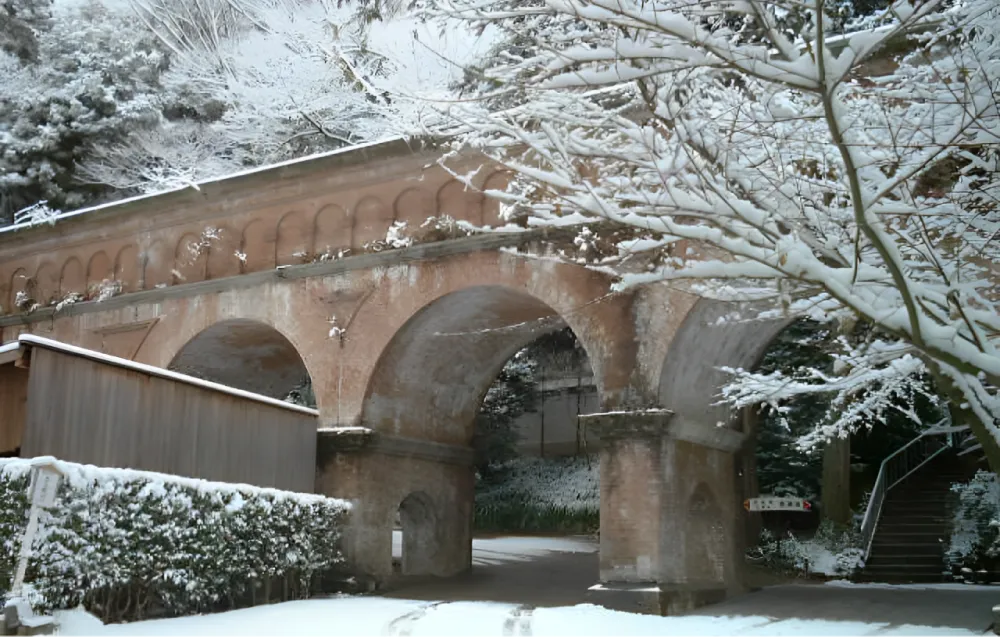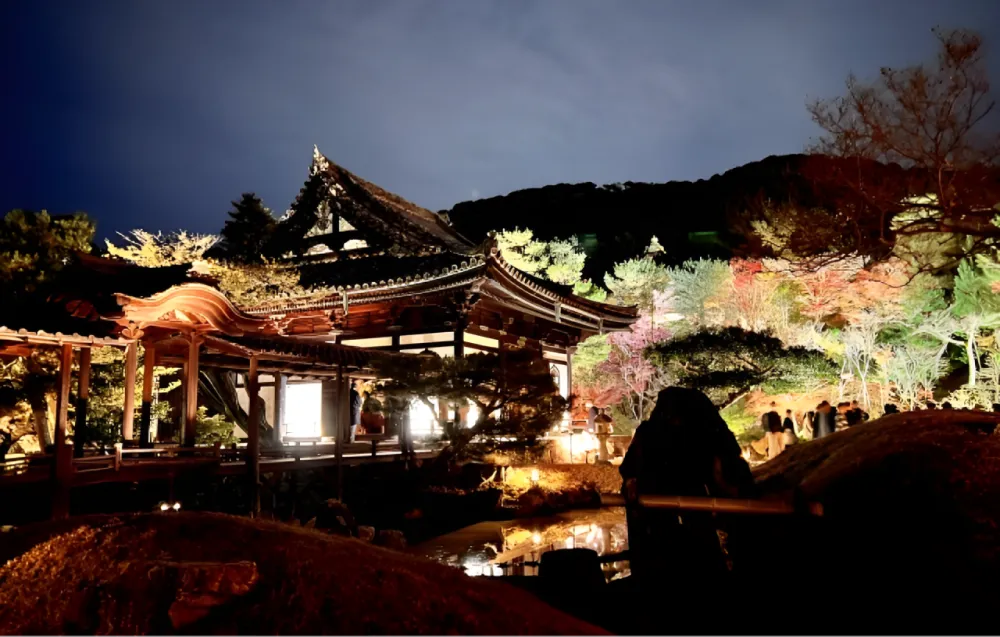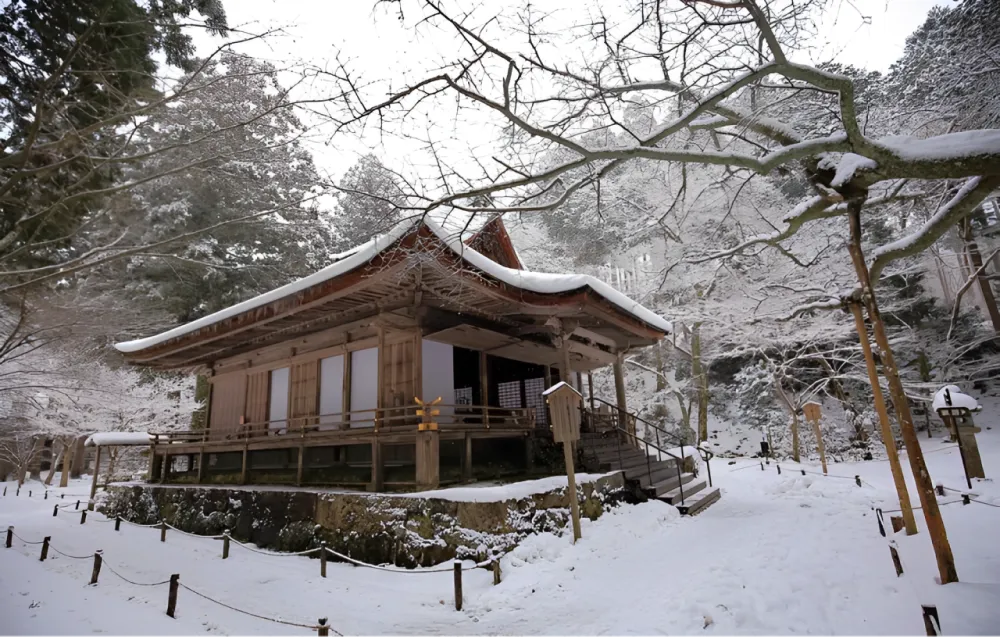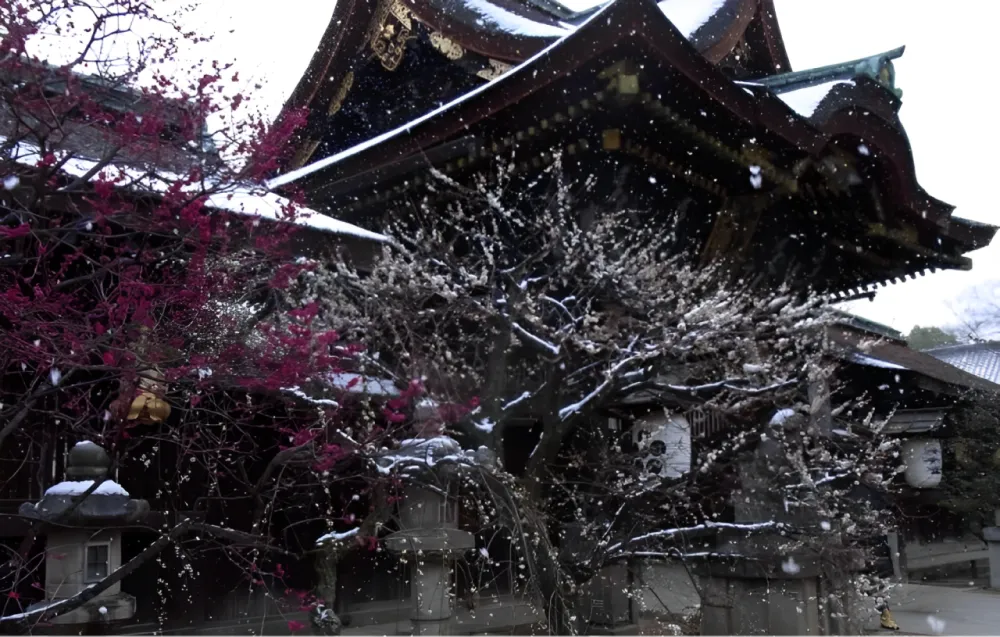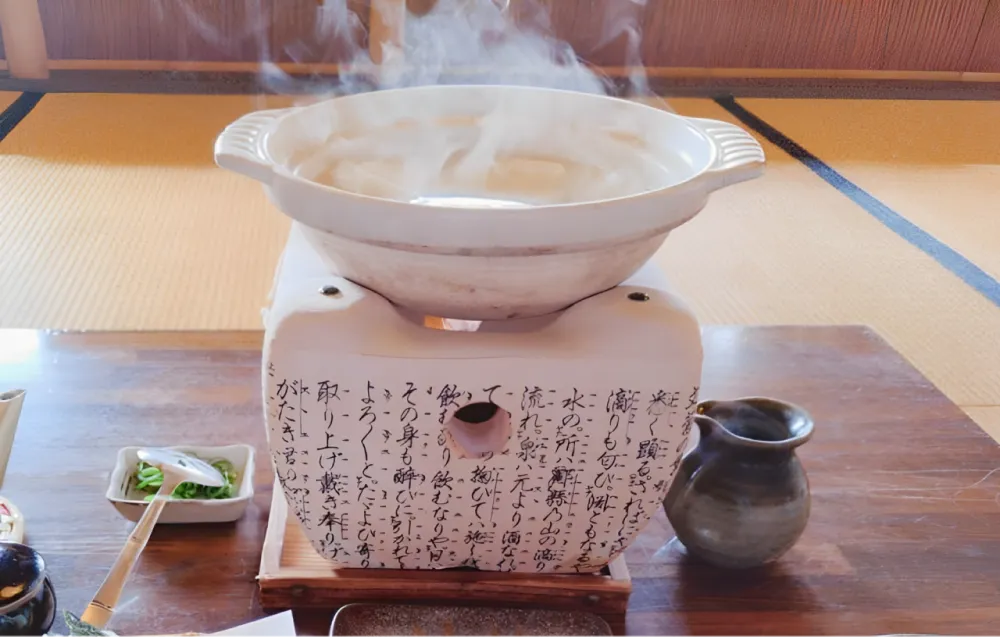Philosopher'sPath
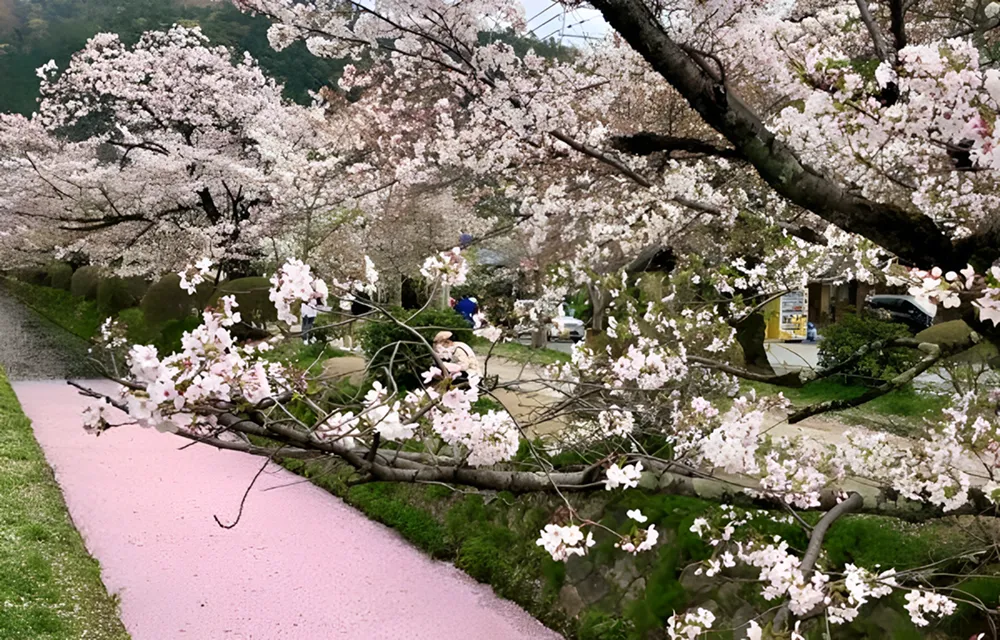
About 500 Someiyoshino cherry trees are in full bloom, creating a fantastic view as if walking through a tunnel of cherry blossoms, and cherry blossom snowstorms and flower rafts (cherry petals flowing on the water) are also highlights. Compared to Arashiyama and Kiyomizu-dera Temple, which tend to be crowded, you can enjoy the cherry blossoms in a more relaxed atmosphere.
Maruyama Park
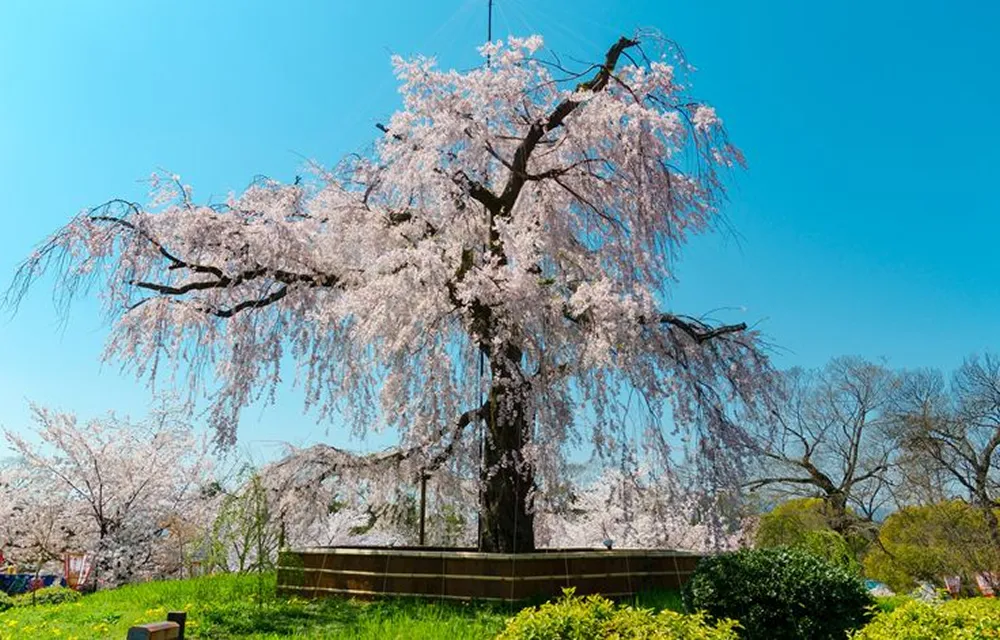
The symbol of Maruyama Park, the “Gion Shidare-zakura” is one of the most famous cherry trees in Kyoto. The 80-year-old second generation weeping cherry tree is illuminated at night to create a fantastic atmosphere, offering a different beauty from that of the daytime.
Daigoji Temple
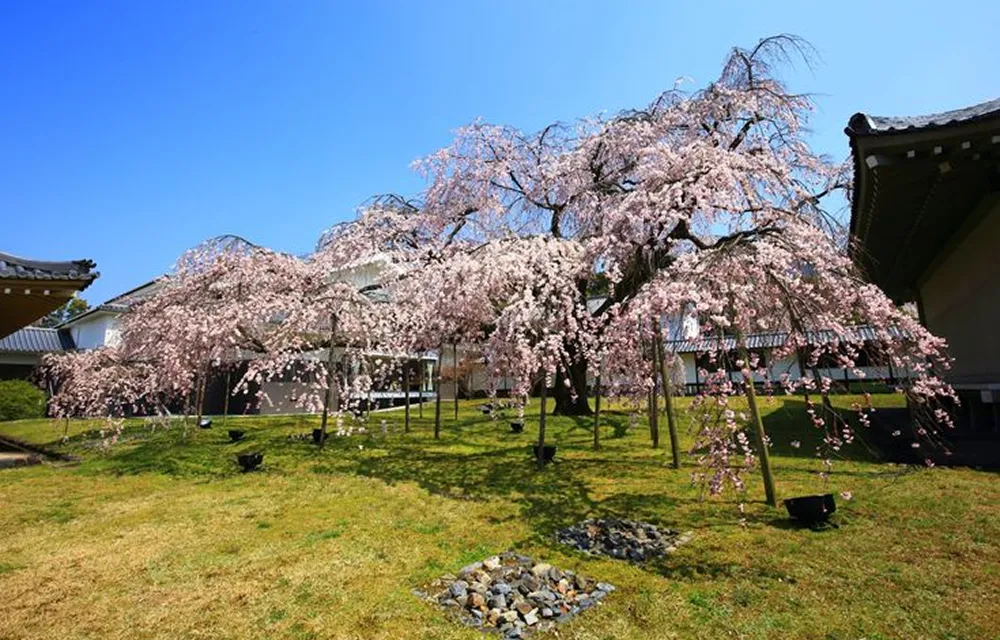
It is one of the most famous cherry blossom viewing spots in Kyoto with approximately 1,000 cherry trees in bloom, including Someiyoshino, weeping cherry, and mountain cherry. It is a historic place where Toyotomi Hideyoshi held “Daigo no Hanami” (cherry blossom viewing), and visitors can enjoy a breathtaking view of cherry blossoms when they visit in spring.
TogetsukyoBridge

Someiyoshino and yamazakura cherry trees are in full bloom around the Togetsu Bridge, and the mountain cherry trees of Arashiyama rising in the background are also a highlight. The rows of cherry trees along the river are also beautiful, and a leisurely stroll along the river is all it takes to fully enjoy the spring season.
Nijo Castle
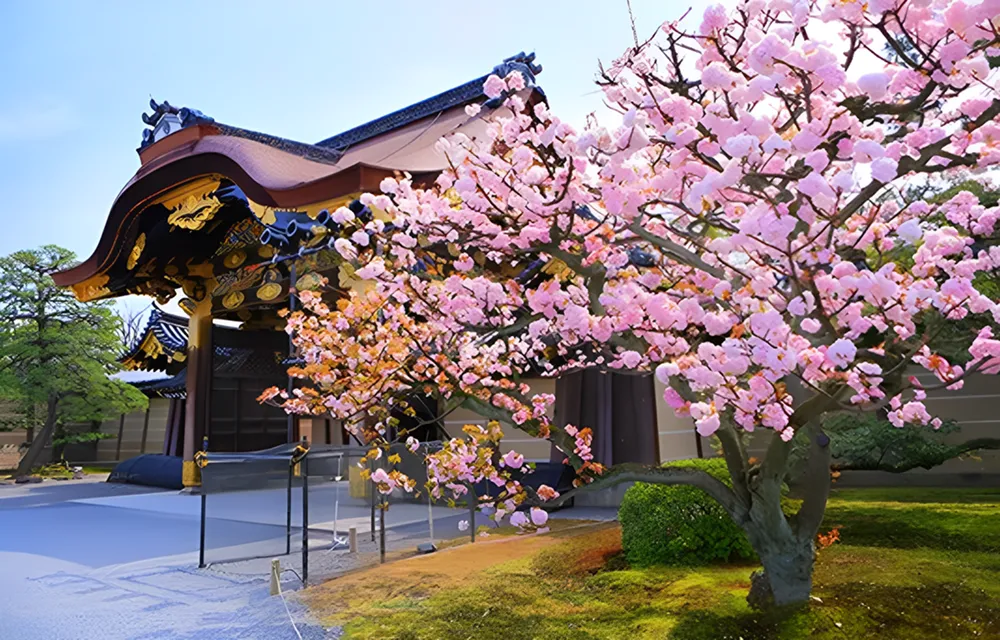
Nijo Castle, a World Heritage Site built by Tokugawa Ieyasu, is one of the most famous cherry blossom viewing spots in Kyoto, with 50 varieties and about 300 cherry trees. In the “Cherry Blossom Garden,” visitors can enjoy the different blooming styles of each type of cherry tree. The cherry blossoms are also illuminated at night, allowing visitors to enjoy the spectacular view that only spring can offer, day and night.
Kodaiji Temple
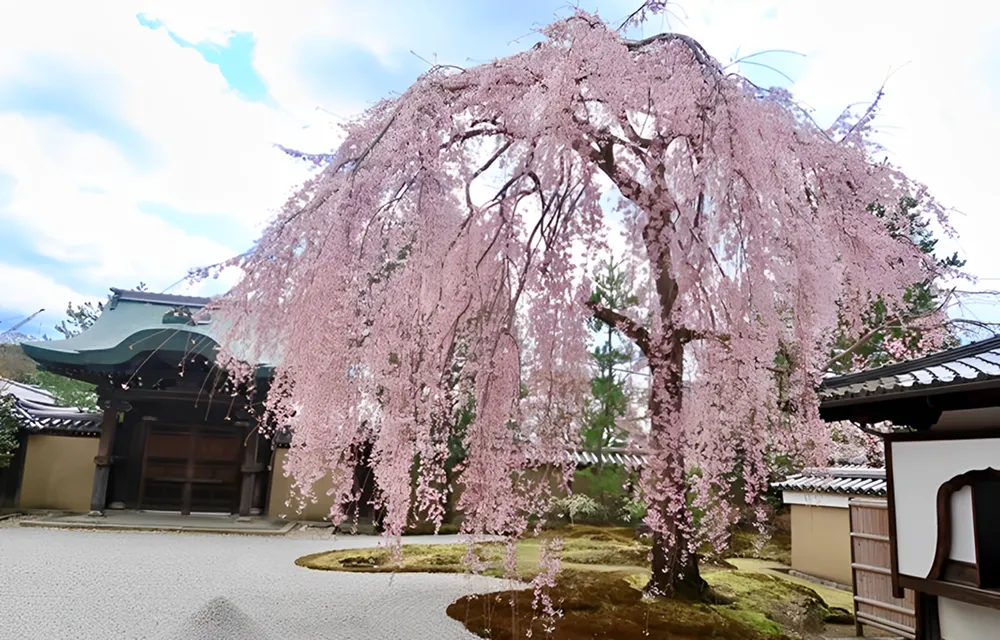
The weeping cherry blossoms in Hashinniwa, the garden in front of the Hojo (main building) of Kodaiji Temple, are magnificent, and their pink blossoms against the white sand garden attracts visitors.
Konkai KomyojiTemple
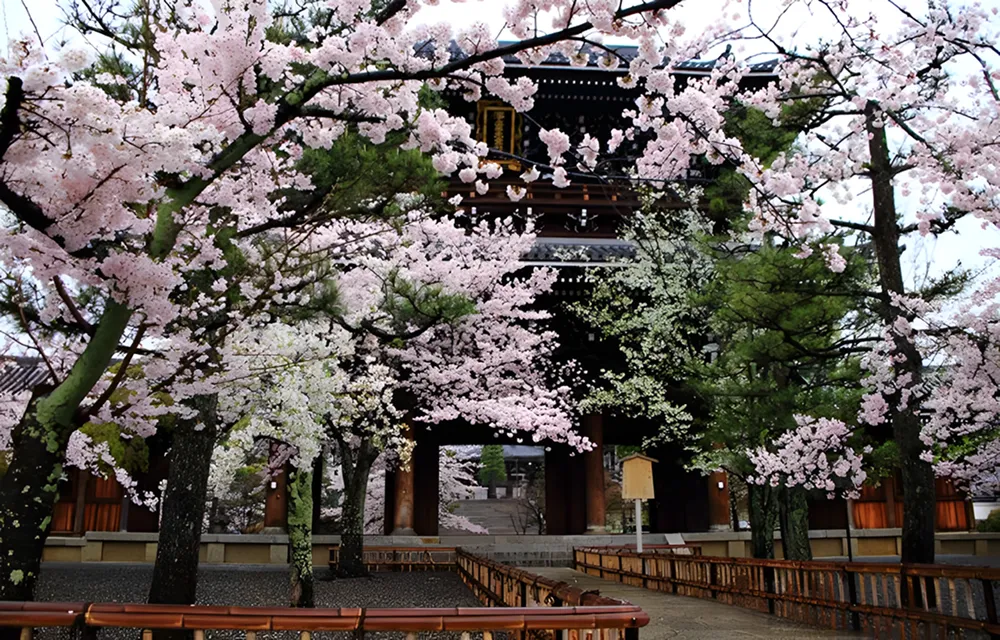
With someiyoshino and weeping cherry trees in the precincts, the quiet spring atmosphere is attractive, and with fewer people than famous tourist spots, it is a hidden cherry blossom spot for those in the know. The precincts of Konkai Komyoji Temple also offer a spectacular view of the city of Kyoto, and along with the cherry blossoms, visitors can also enjoy the distant view of Kyoto Tower and Higashiyama.
Sagano ScenicRailway
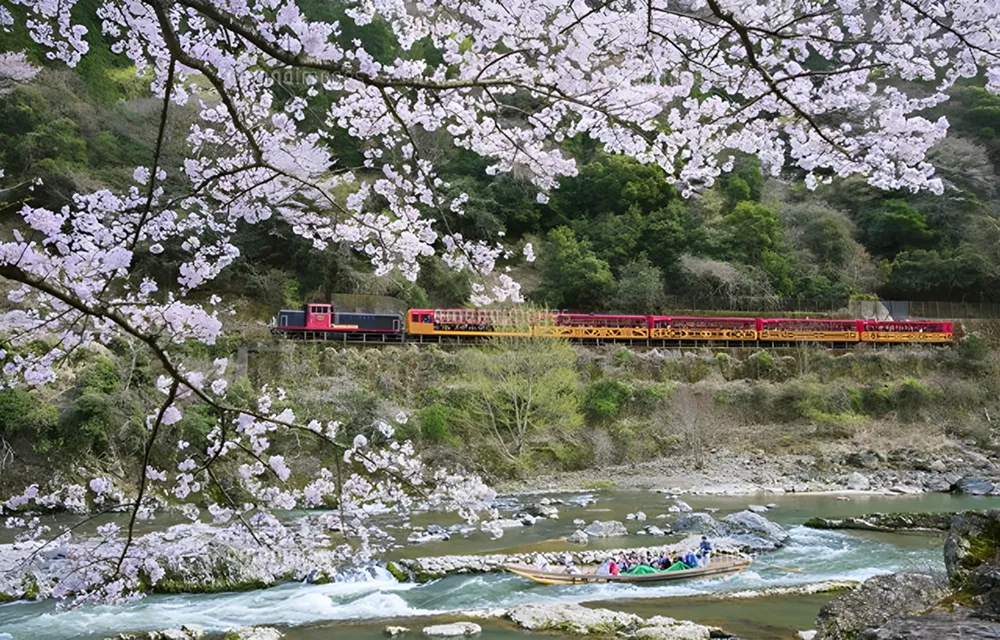
A cherry blossom tunnel appears between Saga and Kameoka Stations (approx. 7.3 km), and visitors can fully enjoy the tunnel of cherry blossoms from the train window. From near Kameoka Station, visitors can board a “Hozu River cruise” boat. The popular course is to enjoy the mountain scenery on the trolley and then take the boat to enjoy the river scenery. The cherry blossoms seen from the river are also beautiful, making the spring in Kyoto even more enjoyable.
